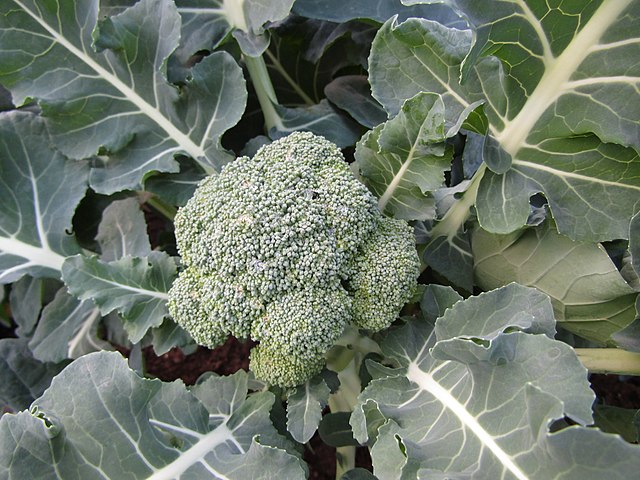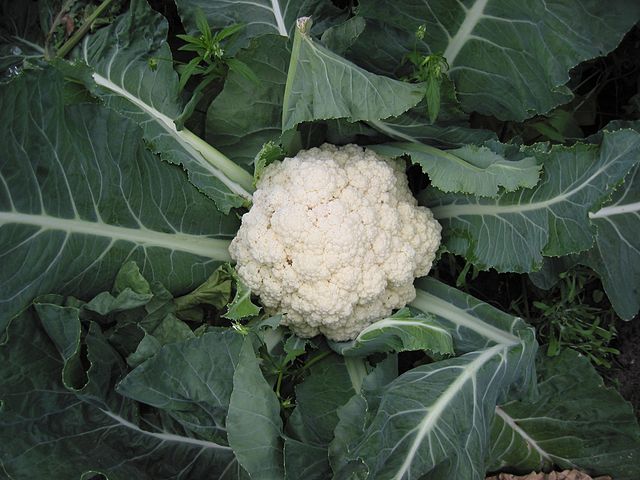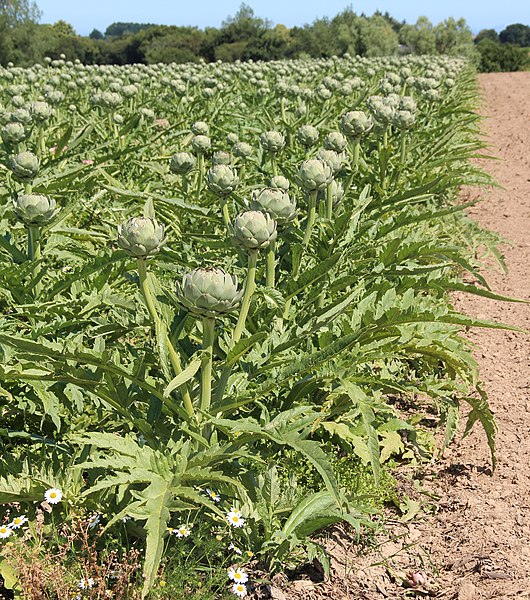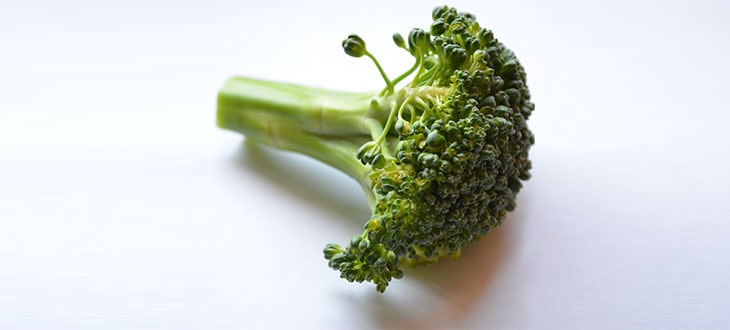3 Vegetables That Are Flowers Of Plants
Although they may not look like flowers, here are 3 common garden vegetables that are actually flowers of the plants that are producing them.
Botanically speaking, the word “vegetable” has no value, so it is a culinary term that is often used to make a distinction between fruits and vegetables. It is also frequently utilized in gardening to refer to cultivated plants as a whole, not their edible parts.
In culinary arts, fruits are usually deemed as the products of plants that are sweet, fleshy, juicy, and can be eaten raw. Another characteristic of fruits is that they are also more often consumed as desserts while vegetables are the main course.
Anything that doesn’t have these attributes is usually culinarily regarded as a vegetable, including parts of plants such as roots, bulbs, leaves, seeds, or flowers.
What is botanically considered a fruit may be considered a vegetable in the kitchen. That’s one of the reasons why there is so much confusion about whether the product of a particular plant or its edible parts should be viewed as a fruit or vegetable.
Below there is a list of a few familiar plants whose main edible parts are regarded as vegetables in the kitchen, but which botanically are not the fruits of these plants, but their flowers.
1. Broccoli
Broccoli is one of the vegetables that you can find in most supermarkets.
Although broccoli has only fairly recently started to be grown in some countries, it has been consumed for centuries in others. The early varieties of this plant it is believed to have occurred more than 2,000 years ago.

What many people do not know is the fact that broccoli was not always an independent plant. Broccoli, as we know it, is actually man-made and is the result of a lengthy process called selective breeding.
Broccoli, as a separate plant, was obtained from Brassica oleracea (also known as wild cabbage or wild mustard).
Through decades of selective breeding, farmers managed to get Brassica oleracea plants to produce those large and clustered flower buds that we consume today and know as broccoli.
Other related plants like cabbage, Brussels sprouts, cauliflower, kale, collard, and kohlrabi also took birth from parts of the same plant through the same approach. They are also known as the “cole” vegetables.
So, the part of the broccoli plant we eat consists of many clustered flower buds joined together via a stem.
2. Cauliflower
Cauliflower is another very popular vegetable in the kitchen and even its name suggests the fact that it is a flower.
Just like broccoli, cauliflower as a separate plant, has been developed from Brassica oleracea via the same natural technique of obtaining new plants with better characteristics, called selective breeding.
Commonly, only the heads produced by the cauliflower plants are consumed. Their edible flesh is sometimes also known as “curd.”

The cauliflower heads resemble those in broccoli but do not produce flower buds as the edible portion (at least not when harvested on time).
The heads are composed of a white inflorescence meristem (a type of plant tissue capable of cell division). This meristem continuously replicates itself in a spiral on its flanks.
While the most well-known color for cauliflower heads is white, there are also other varieties that produce green, purple, or orange heads.
3. Artichoke
Artichokes (Cynara scolymus), also known as globe artichokes or green artichokes, are perennial flowering plants frequently cultivated as food.
Cynara scolymus is a domesticated variety of the wild cardoon (Cynara cardunculus), also called the artichoke thistle.

The edible parts of the plant are the immature flower buds before they bloom. These flower-heads consist of a cluster of many developing small flowers that and multiple modified or specialized leafs called “bracts.”
Artichokes are most often regarded as vegetables from a culinary perspective. They are often consumed cooked and many compare their taste to asparagus, Brussel sprouts, or celery.
The flower heads of artichokes are labeled by many as a superfood. They are high in fibers and an excellent source of antioxidants, vitamins and minerals.
Final Word
These are the flowers of several fairly common plants that we consume in our dishes and regard them as vegetables.
Apart from these, there are also numerous other plants that are derived from Brassica oleracea such as broccolini, broccoflower, the sprouting broccoli, the Chinese flowering cabbage (Choy sum), etc., which are essentially the flowers of some plants but are considered vegetables in the kitchen.

